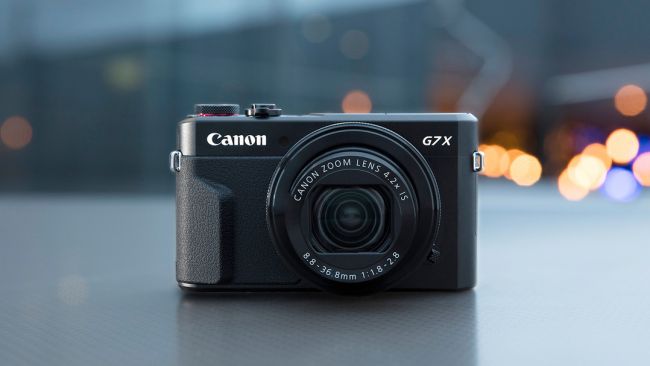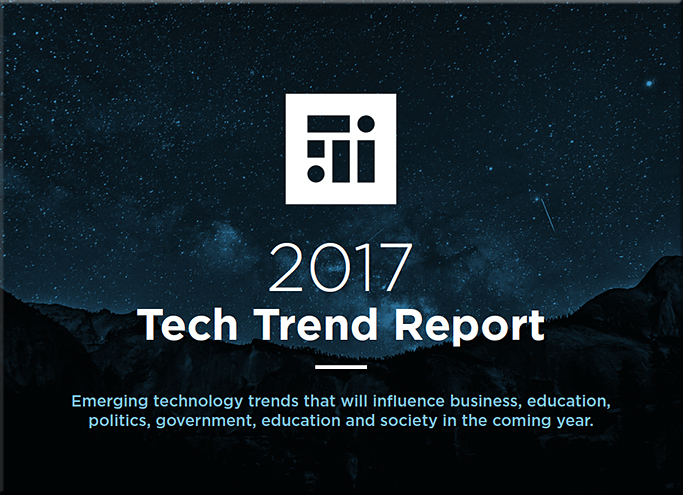How a Flipped Syllabus, Twitter and YouTube Made This Professor Teacher of the Year — from edsurge.com by Bruce Anderson
Excerpt:
A few years after John Boyer began teaching world geography at Virginia Tech, a survey revealed that 58 percent of college-aged Americans could not locate Japan on a map. Sixty-nine percent could not find the United Kingdom.
Boyer raced ahead undaunted. He loved the scope and implications of his subject. “The great thing about geography is . . . everything happens somewhere,” he explains. “Geography is the somewhere.”
Boyer is now a senior instructor and researcher at Virginia Tech. He took over World Regions, an entry-level geography class, while he was working on a master’s degree nearly 20 years ago. The class then had 50 students. Now the course is offered each semester and a whopping 3,000 students take it in any given school year.
What has made it so popular? Innovative pedagogy, for starters. Boyer uses a “flipped syllabus” in which students’ final grades are based on the points they’ve earned—not lost—throughout the semester. His legendary assignments range from reviewing films to tweeting on behalf of world leaders (more on that below). Mostly, Boyer himself has made the class a rite of passage for undergraduates, who typically find him funny, passionate, and consummately engaging. Boyer even created a comic alter ego called the Plaid Avenger, who has narrated textbooks and podcasts but is now largely retired—though Boyer still sports his famous plaid jackets and drives a plaid Scion.
Given the disparity in knowledge levels as well as the disparity in what they like to do in terms of work, whether that be watching international film or writing papers, I wanted to increase the flexibility of what the students could do to achieve a grade in this class.
Tell us about the Twitter World Leaders.
You can choose to be a true, real world leader. Of course, they’re fake accounts and we make sure everyone knows you’re the fake Donald Trump or the fake Angela Merkel of Germany. Once you take on that role, you will tweet as the world leader for the entire semester, and you have to tweet two to three times a day. And it’s not silly stuff. What is the chancellor of Germany working on right now? What other world leaders is Angela Merkel meeting with? What’s going on in Germany or the EEU?
























